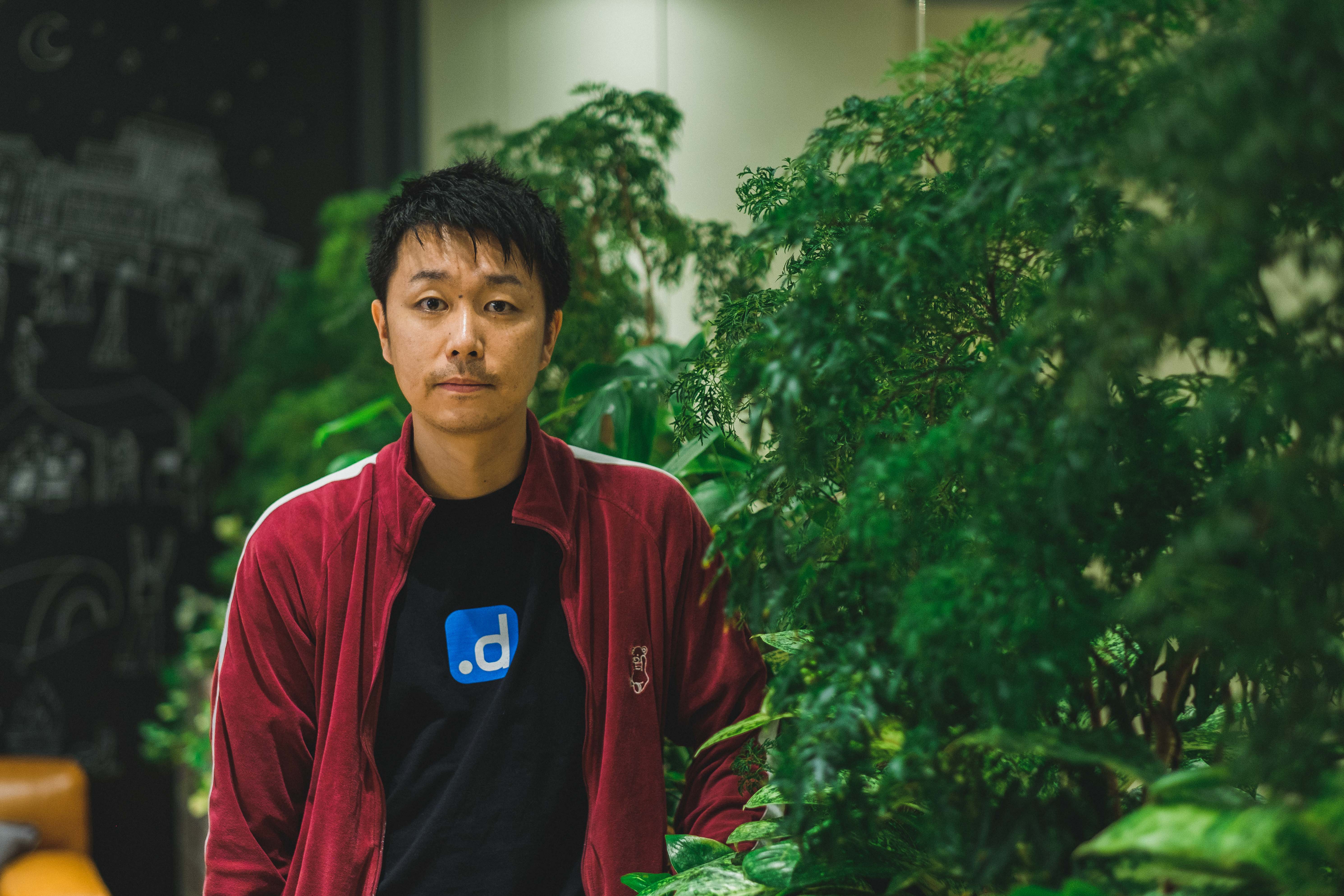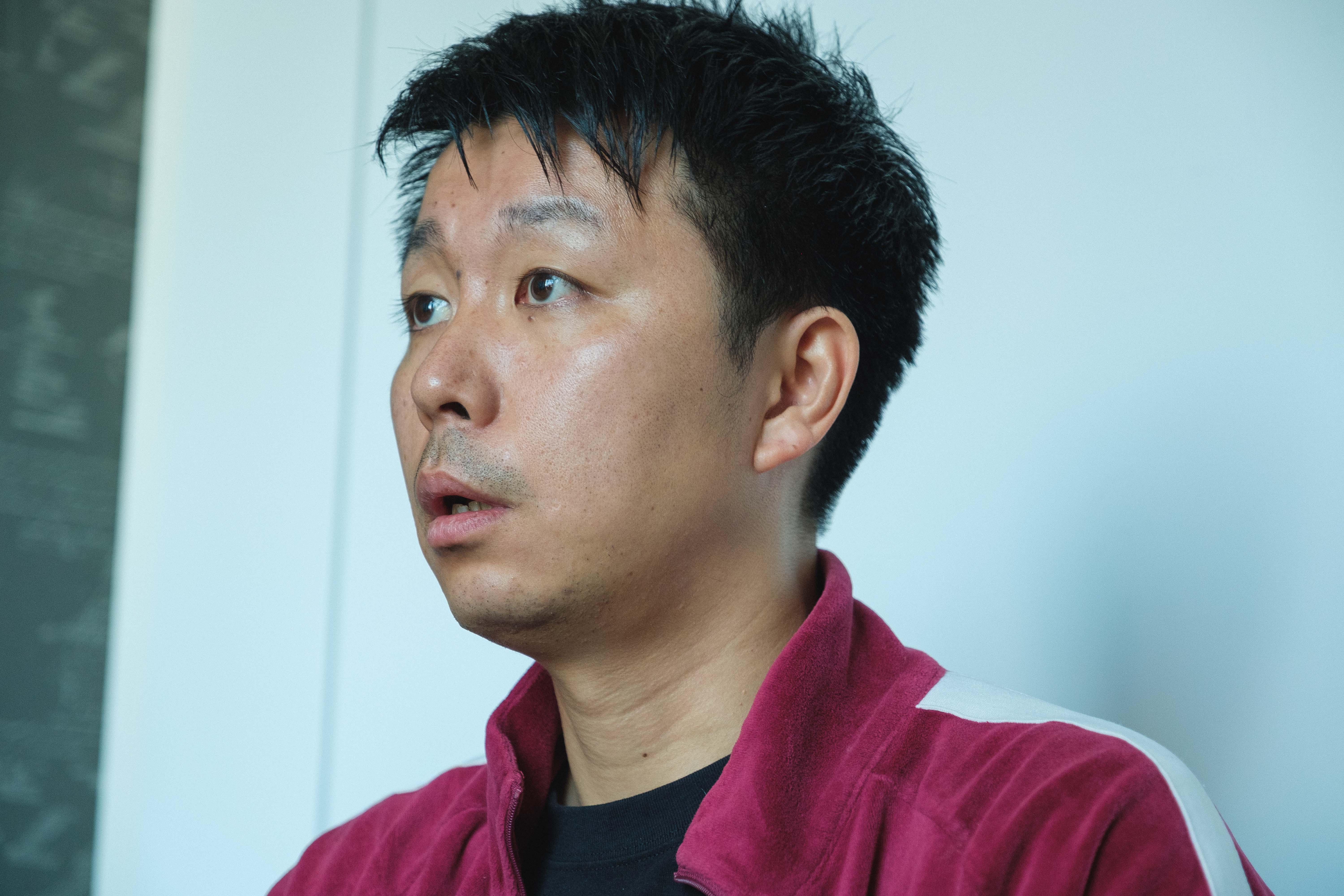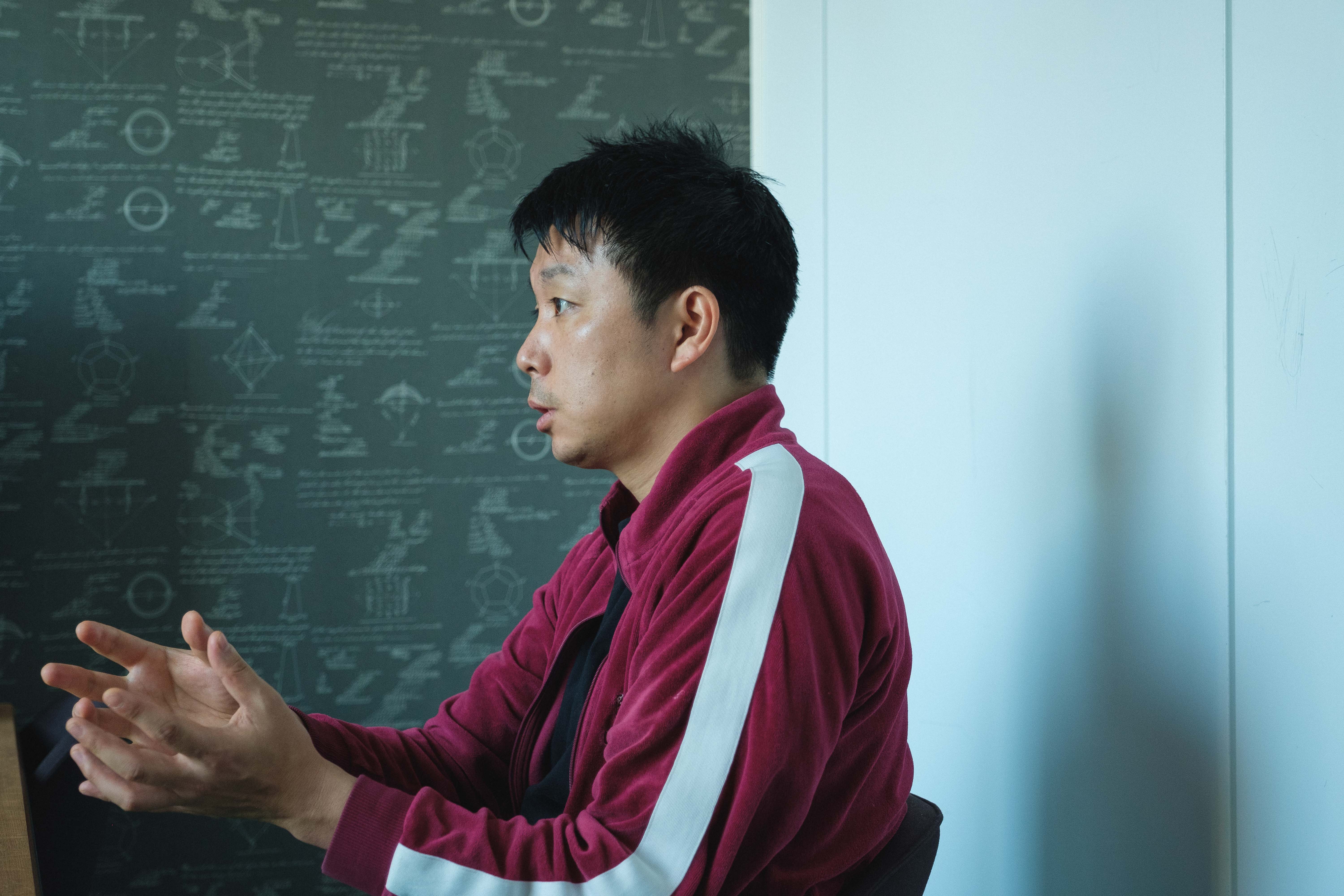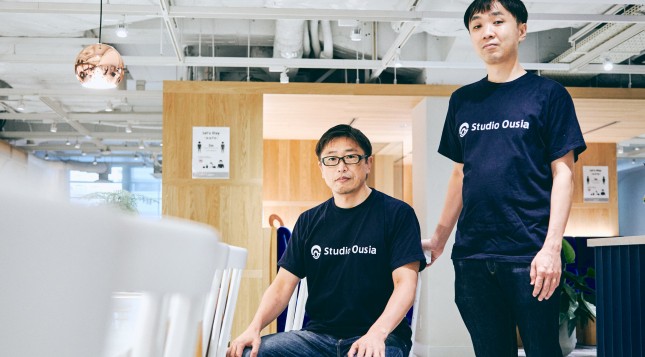The “carve-out” created by dotData, a “bearer of data science” that competes globally. Reasons for choosing to carve out this business from NEC
Over the last few years, the terms AI and machine learning have become increasingly popular. Opportunities to benefit from various IT services are also increasing. However, this field is still an area under development. There is too much data to handle, and there is not enough AI development to analyze it or to process the data so that it can be analyzed.
dotData, Inc., based in Silicon Valley, is developing products that solve this problem. The company’s business is the “automation of data science.” Most of the AI used for data analysis work is based on certain rules, for example, “detecting only those customers who are interested in a particular product.” This rule is called a “machine learning model,” and it is generally said that it takes several months to create one model. In addition, a high degree of expertise is also necessary for model development. This company is trying to provide an AI business solution by creating a product that automates model development.
The “utilization of big data,” which is drawing attention in various fields, cannot be realized without AI. Because of this, dotData, which provides “automation of data science,” is receiving a lot of attention.
This company was carved out (separation of a promising business, making it independent, as a new company with capital participation from external investors) from NEC. A carve-out is different from a “spin-off,” which has a clear implication of establishing a subsidiary, or a “spin-out” in which talented people with unique technology leave the company and establish a new company—a rare case in Japan.
Why did this company choose to carve out? What kind of interaction did they have with NEC? We asked Ryohei Fujimaki, CEO of dotData, Inc. about this background.
INDEX
・The encounter with machine learning, joining NEC, and data science issues found in North America
・The reason for carving out. A “large organization” was at a disadvantage in the advanced technology market
・A key person decided what was happening behind the carve out
・Toward overcoming the crisis and becoming a “sympathetic supporter”—what is needed is a common goal
・Key Points

Ryohei Fujimaki
dotData, Inc. Founder and CEO
After graduating from the University of Tokyo in 2006, he joined NEC. He has many achievements in the development of world-class AI technology. In 2011, he moved to the NEC Laboratories America in Silicon Valley in the United States, and in 2015 he was the youngest person in NEC history to become a chief researcher—the highest rank for researchers at NEC—at the age of 33. He founded dotData, Inc. in February 2018 as a carve-out from NEC to develop and provide software that automates data analysis using artificial intelligence. He holds a doctorate in engineering.
Encounters with machine learning, joining NEC, and data science issues found in North America

Dr. Fujimaki, CEO of dotData, studied aerospace engineering at the University of Tokyo before joining NEC as an engineer. During his tenure, he had a brilliant career, including being the youngest person in history to become a chief researcher at NEC (at 33 years old), which is a position held by only 1,000 people. He started working on machine learning when he was a student.
Fujimaki: I encountered machine learning in 2003, and during my student days, I carried out research to detect failures by applying AI to satellite telemetry data. In the machine learning world at that time, neural networks had failed and motivation was rising again with other methods.
After graduating from graduate school, he didn’t consider staying in academia. He also had a career as a machine learning researcher, including presenting a paper at the world’s top conference when he was a student, but he had a strong desire to make something that actually works in practice. At that time, as for Japanese companies, there was a basic research group with a strong machine learning focus, and about three companies, including NEC, were making use of it in their business, so he joined NEC as a researcher, where he found an opportunity. After joining the company, Dr. Fujimaki worked on algorithm research for machine learning and client work for data science. He was involved in the theme of “automating data science” after moving to North America. Here, the product that became the prototype of dotData was born.
Fujimaki: I moved to North America in 2011 to launch the “Data Mining Automation” project. This project was divided into two phases—the first phase, which we started in 2011, corresponded to what we now call “AutoML (technology for automatically tuning machine learning models).” During this period, I focused on the automatic tuning of machine learning models and how to automate complex nonlinear transformations.
However, the first phase of the automation project was suspended, and in another project called “Heterogeneous Mixture Learning” that I had been working on since 2012, I found that algorithm tuning was not so problematic, and that there were more important issues in the process of a machine learning project and the entire life cycle of creating the prerequisite inputs, and systematizing and operating the created model.
The market was changing, and with the rising need for AI and machine learning, the job of “data scientist” had been created, and because of the global competition for human resources, there was an overwhelming shortage of data scientists. As a result, there was increasing demand to simplify and streamline the entire machine learning process and lower the skills barrier.
From this background, the second phase, which resumed in 2015, changed direction and focused on automating the entire data science process. This project became the prototype of dotData.
The reason for carving out. A “large organization” was at a disadvantage in the advanced technology market

During the first and second phases, which changed direction significantly, Dr. Fujimaki was involved in another project. It is said that this experience is one of the reasons for choosing independence.
Fujimaki: while working on the heterogeneous mixture learning project I mentioned earlier, I came to think that “the old corporate-type R&D is not suitable for product growth.” In the market of advanced technology, the situation changes day by day, and it is necessary to constantly improve products. It is not possible to make quick decisions in an organization with vertical divisions in which the R&D department creates the prototypes, the product development department does the commercialization, and the operational department sells the product. In addition, while competing start-ups are focusing 100% on products, it is not possible to keep up to speed when making “adjustments to existing businesses.”
In addition, the business model and brand are also major benefits of carving out. NEC is a company that sells “professional services” that encompass the processes of design, construction, testing and operation. On the other hand, dotData is a “product” company that includes SaaS. Since the stance and process of providing technology are different, the ways of making and selling are completely different. In terms of brand, a single-brand-single-product has great advantages. If we asked people the question “what kind of company is NEC?,” I think almost no one would answer “a company that automates data science.” However, when it comes to dotData, you can build a unique brand for the “automation of data science” without being buried in the huge name of NEC.
The single-brand-single-product strategy also has a positive impact on employment. In Silicon Valley—where the company is based—top engineers often select companies because of the opportunities, not just the salaries on offer.
Fujimaki: Engineers who apply to dotData often say “I also have offers from Google, Amazon and Salesforce.” The candidates also know that the salary will be lower than that of Google. Still, they come to the interview because they have different values such as “I want to have experience at an early-stage company” and “I can easily see the impact of my work.” Since the value that can be provided in terms of a career is different in the first place, you can compete on a completely different level. On the other hand, I feel it would have been difficult if dotData was a subsidiary of NEC. This is because from the perspective of a “big company,” we cannot hire human resources unless we directly compete with Google, etc.
What is the background of the carve out? One key person decided where to go

This company achieved a carve out in 2018, but the way NEC did it was by appointing the chief researcher—Dr. Fujimaki, and transferring the related intellectual property. Of course, in the case of independence, various arrangements and fine adjustments would have been required.
Fujimaki: Originally it was not about carving out. I told NEC management that “it is difficult to make products that can be used globally with vertical R&D, so let me do it all by myself.” AI and machine learning are one of NEC’s growth axes, so dotData is a business that can be the core of the company. We discussed various proposals, such as creating a “Fujimaki division,” creating a subsidiary, or leaving the company to become completely independent, and then made a breakdown of the risks.
In the end, it was decided that “it would be best for NEC to carve out this business as an independent company while having capital participation.”
At that time, I was only thinking about growing the product, but it was born as a result of the investment from NEC and me working as an employee. Reflecting on that, I did not fully consider “whether NEC should carve out dotData.” The direction of the landing point was decided by NEC’s top management, saying, “we respect your future, but we want you to respect our investment up until now.”
Of course, there were various discussions regarding the capital gains and financial returns for NEC. However, the flow was “the challenge is to boldly bring out the technology that NEC has warmed up and nurtured, and send it outside,” so the conversations went on smoothly.
dotData overcame the breakdown of risks and reached a point where both parties could understand each other. It can be said that NEC’s internal collaborators were responsible for the smooth progress in building a consensus.
Fujimaki: Carve out requires not only the preparedness of the people who will go out, but also the preparedness of the side that is letting go. When we discussed about wanting to proceed with the dotData project in a way different from convention, the main member of NEC Corporate Business Development Division made the adjustments, including developing a carve-out plan, contacting VCs around Silicon Valley, as well as system reform and behind‐the‐scenes negotiations within NEC. And he said, “this is not for Fujimaki, but for NEC.” Without him, dotData would have landed differently.
Toward overcoming the crisis and becoming a “sympathetic supporter”—what is needed is a common goal

From here, we ask about the story after consensus building. What kind of arrangement was specifically made between the two companies?
Fujimaki: At the time of the carve out, dotData and NEC promised that “maximizing (corporate) valuation should be a common indicator.” This principle maintains the equality of both companies in terms of goals.
AI and machine learning are growth areas for NEC, and since it is a carve-out of a core technology that was originally born in NEC, the desire to give various opinions is understandable. However, we and NEC have set the valuation of dotData as a common standard, so if we do not agree, we can go back to this standard and have an equal discussion.
When I talked to investors in Silicon Valley before becoming independent, they all said, “carve-outs from large companies do not succeed.” This is because usually the parent company tries to use the start-up for its own business, and this creates a conflict of interest with the VC. From a VC perspective, the growth of the parent company is irrelevant—their interest lies in maximizing capital gains by increasing the corporate value of their investment.
Raising funds from external investors is essential to dotData’s success in Series A, and beyond—in a future Series B, and I think this principle is one of the most important points in the agreement between the two companies.
On the other hand, there is also a merit that can be obtained because it is a carve-out.
Fujimaki: The greatest benefit is client relations and reliability. Because of the credibility of NEC, executives of major Japanese companies will listen. The business talks with the SMBC Group that were carried out in 2018 were due to the coordination of NEC and the trust of its customers.
Start-ups in the early days of establishment have the most difficulty in building a sales pipeline, so NEC’s support in the Japanese market is very important. In North America, no one knew the name of dotData at the time of its founding, so it was very difficult to get opportunities to pitch to potential customers. One year after the company was founded, there was a big improvement. After being recognized as a leader of AutoML in the “Forrester New Wave™ Report” published by Forrester Research in May 2019, the recognition has increased, and the formation of relationships with our customers is well on track.
The relationship between the “parent company” and the “carve-out company” can be compared to a family. There may be discord in the family, and communication may be difficult because of the close relationship. However, if you understand the arguments of both parties, in the sense that “blood is thicker than water,” they will be stronger allies than anyone.
What is the vision of the company now that the business is on track? Lastly, we asked what kind of future will come when the “automation of data science” has spread widely throughout the world.
Fujimaki: In 5 to 10 years, I think that machine learning will be used at the level of creating functions in Excel, and business innovation will continue due to machine learning.
Back when I was a student, machine learning was like a baby. This has finally blossomed, and enterprise-use cases are increasing. On the other hand, looking at the industry as a whole, there are only a few successful cases that could revolutionize operations at the early stage. First, I would like to lower the threshold of utilization with automation technology.
In the future, machine learning business will continue to be put to practical use. Not only are statistical models and machine learning products being created, but there are also active discussions on how to manage what have been created, and also technologies are emerging that automate not only model development but also management.
What comes after that is that businesses should become more intelligent. I think that human beings will not lose what they can do, but that they will concentrate on “creating new jobs.” I am sure there will be more interesting jobs that I cannot imagine.
Key Points
・ Awareness of the issues in the process of machine learning projects and the entire life cycle led to the prototype of dotData
・ The old corporate-type R&D is not suitable for product development in the market of advanced technology
・ Single-brand-single-product strategy has great advantages in terms of business, brand and recruitment
・ The direction of the landing point was decided, so the landing was completed in a way that both parties could agree
・ Since valuation is set as a common standard, it is possible to go back and hold an equal discussion
・ The greatest merit of a carve out is “the relationship with the client and reliability”




 GBHT
GBHT 






